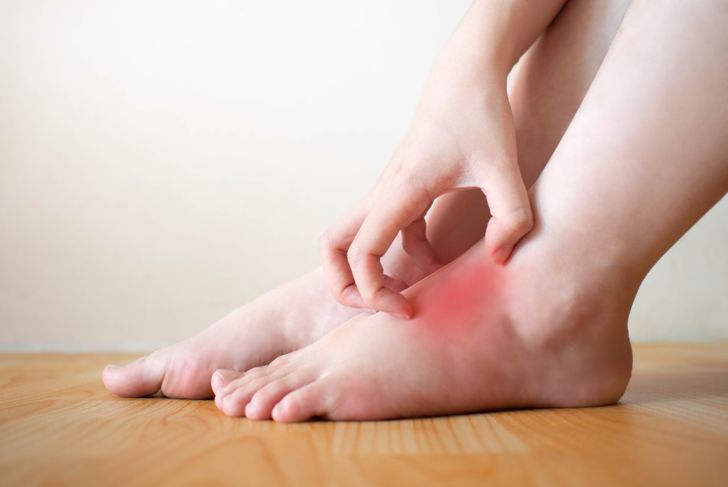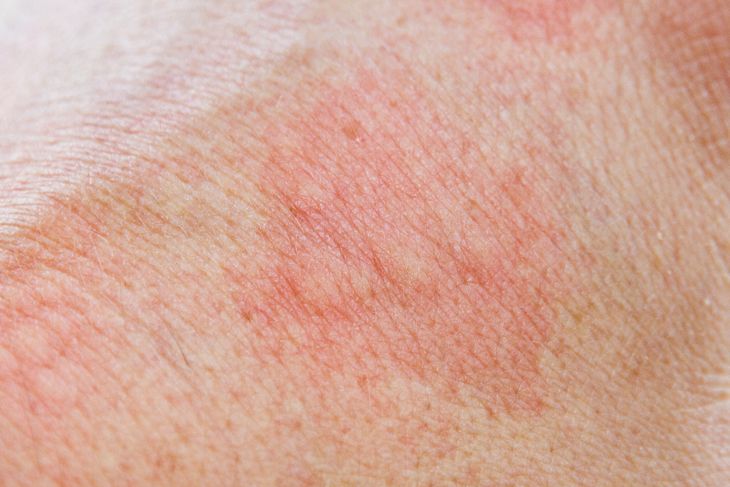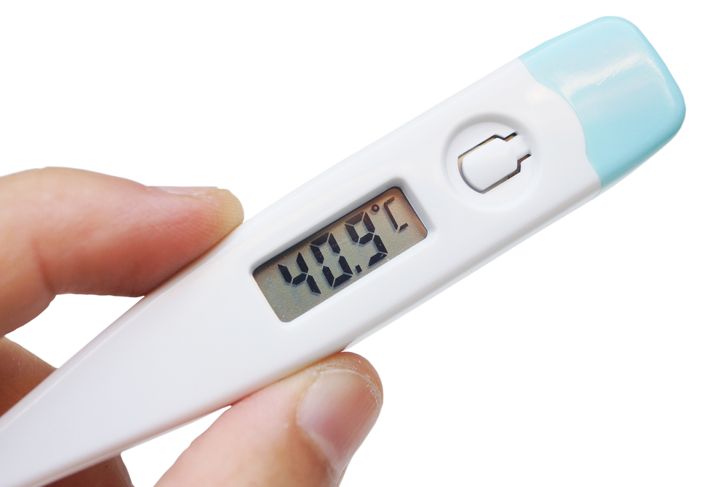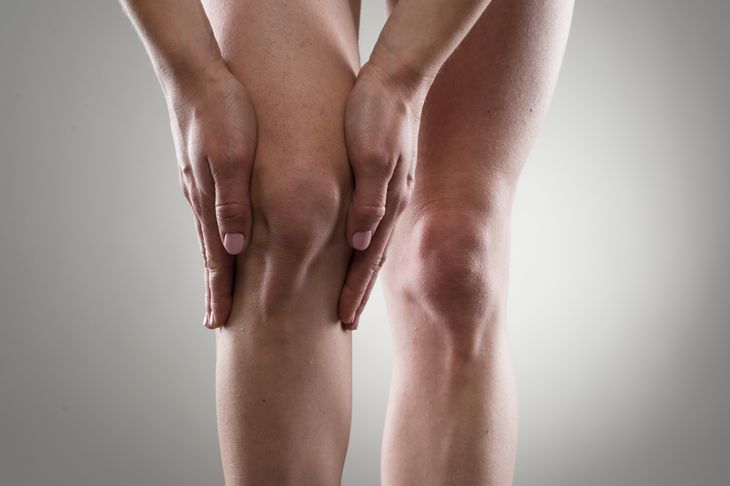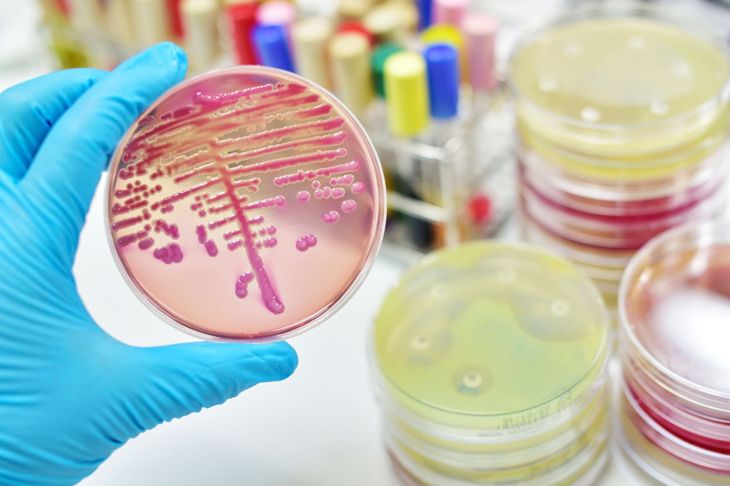Staph infections are conditions caused by the staphylococcus bacteria, which resides on the skin of about 25 percent of healthy individuals. These bacteria are most abundant in areas such as the mouth, nose, genitals, and feet. Most people carry the bacteria without developing any symptoms. When infection does develop, the severity can range from easy-to-treat topical symptoms to internal organs damage. The treatment of such infections usually involves antibiotics and may require draining of infected areas. The earlier staph infections are detected, the quicker the recovery.
Boils on the Skin
Boils are one of the most common symptoms associated with staph. In cases of mild infection, boils or pus-filled eruptions develop at the site of oil glands or hair follicles. The boils usually manifest on the face, neck, armpits, groin, or buttocks; the area is often red and swollen, as well, and may be tender. If the symptoms do not disappear with antibiotics, a doctor may drain the boils for faster recovery.
Painful Blisters and Sores
Staph infections can lead to impetigo, a contagious skin condition that causes itching and blisters and sores around the nose, mouth, and trunk. These sores often burst and deposit a yellowish crust on the skin. Individuals with this sign of infection should avoid scratching or picking at the blisters to prevent scarring and spreading the infection.
Redness, Swelling, and Warm Skin
If localized areas, particularly the legs, become inflamed, red, tender, and warm, this could indicate staph is developing into cellulitis. This serious infection occurs when bacteria attack the deeper layers of skin. In some cases, cellulitis causes ulcers or dimpling of the skin. Individuals may also experience fever, chills, malaise, and nausea. If not treated promptly, the infection can spread to the lymph nodes or into the bloodstream.
Burn-Like Marks
In rare cases, a staph infection can provoke the onset of staphylococcal scalded skin syndrome (SSSS). This serious condition causes blisters that, when they burst, cause the skin around them to peel off, leaving raw, red marks that look like burns. This sign is seen most often in babies and children under the age of 5 and indicates the immediate need for medical care.
Food Poisoning
Staph infections can develop due to eating contaminated food, leading to food poisoning symptoms such as nausea, vomiting, diarrhea, and dehydration. In these cases, people may also develop low blood pressure due to dehydration. Typically, these signs appear within two to eight hours of consumption of a contaminated food. This type of staph infection usually lasts 12 hours, and individuals should see a doctor if the symptoms do not self-correct in one or two days, as severe dehydration and other complications can occur.
Fever with Low Blood Pressure
When staph bacteria enter the bloodstream, they can cause blood poisoning or septicemia. This serious condition can impact every organ in the body when not treated promptly. Most often, it affects internal organs, including the lungs, heart, and brain. It can also affect bones, muscles, and surgical implants. Fever, a drop in blood pressure, fast heart rate, and rapid breathing are common signs of septicemia. These symptoms require emergency medical attention.
High Fever with Multiple Symptoms
In rare cases, staph bacteria may cause toxic shock syndrome or TSS. This occurs when certain strains release toxins into the blood, leading to significant symptoms such as high fever, nausea, vomiting, diarrhea, dizziness, confusion, and muscle pain. Toxic shock syndrome is life-threatening and calls for emergency medical attention.
Joint Problems
Sometimes, staph infections advance to septic arthritis, a condition that typically affects the knees, though it can also affect the hip, shoulder, spine, ankle, or elbow. Pain and swelling in the affected joint are common signs of septic arthritis, and the infected person’s temperature may also rise. Septic arthritis can cause permanent bone damage, and even require amputation in extreme cases. People with previous joint problems, a history of trauma to a joint, or a weakened immune system are at higher risk of developing septic arthritis.
Leg Bone Pain
Staph infections can cause osteomyelitis or bone infections. The long bones of the leg are the most commonly affected area. The leg may become painful, red, and swollen, and the individual may find their movement restricted. Osteomyelitis is a medical emergency and requires prompt medical evaluation and treatment.
Get Immediate Help
Anyone exhibiting the signs or symptoms of a staph infection should seek immediate help to ensure the infection does not spread. Doctors may take stool or blood samples to identify the issue. Diagnosis and prompt treatment is the best way to reduce the long-term and potentially dangerous side effects of staph infections.

 Home
Home Health
Health Diet & Nutrition
Diet & Nutrition Living Well
Living Well More
More
